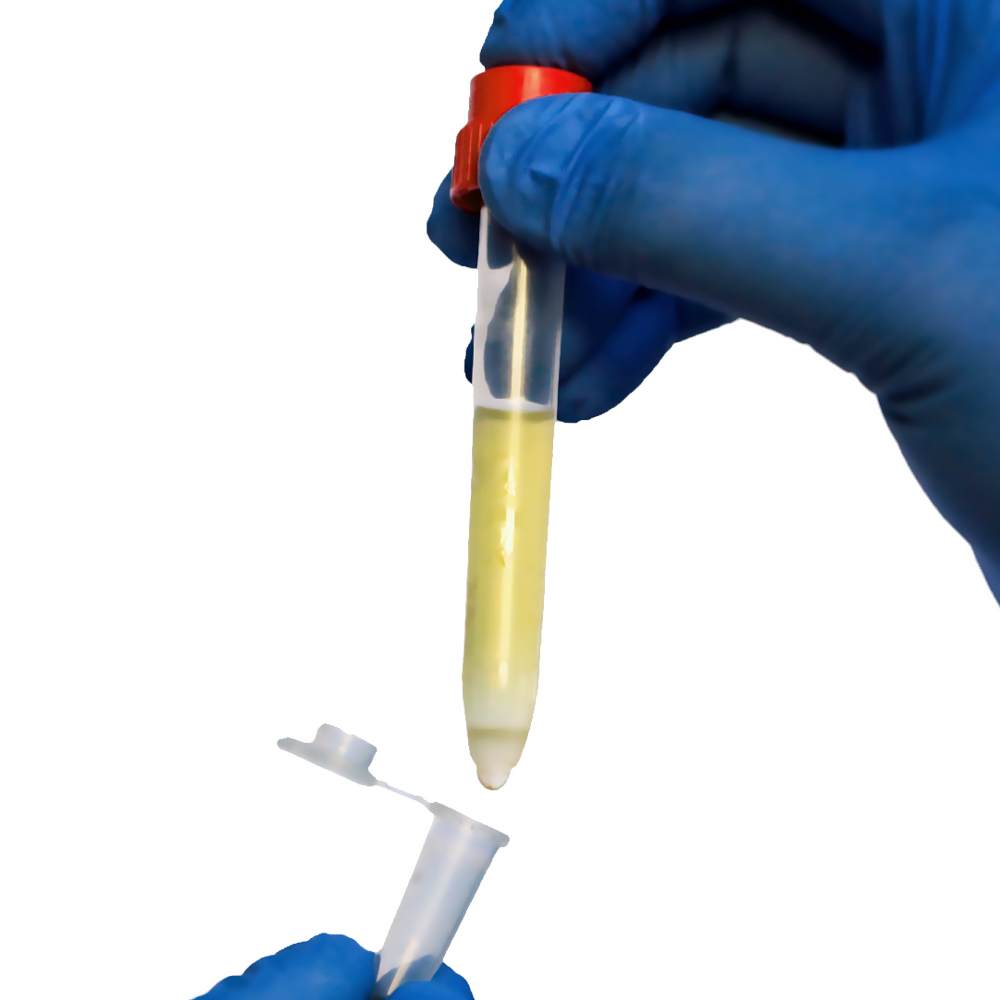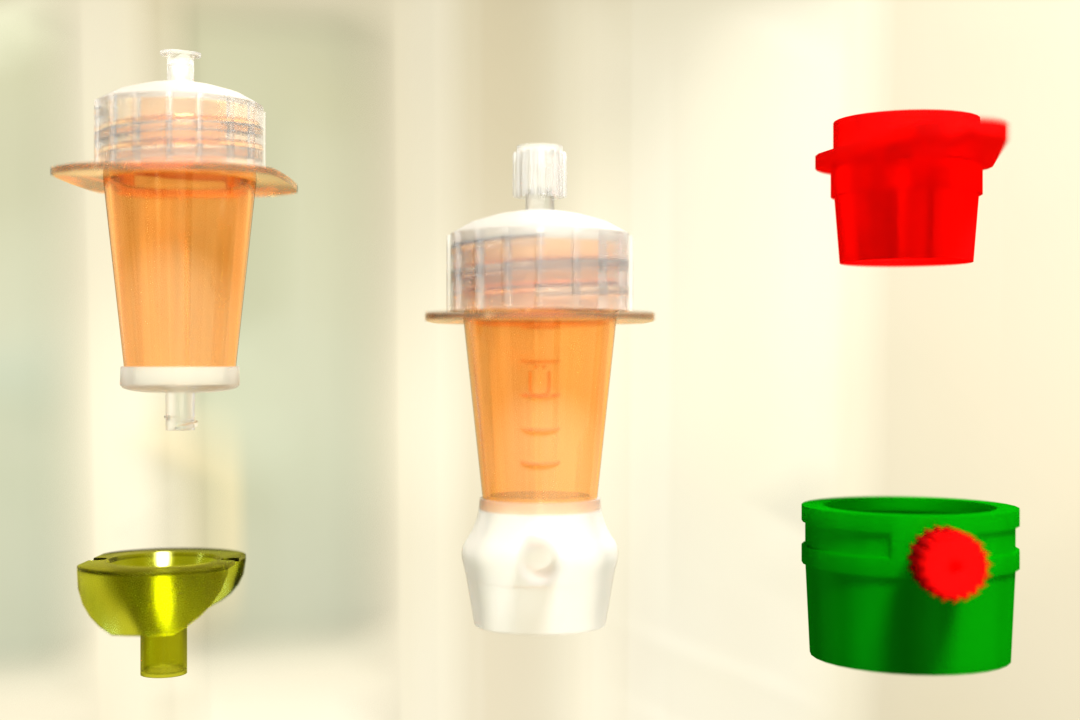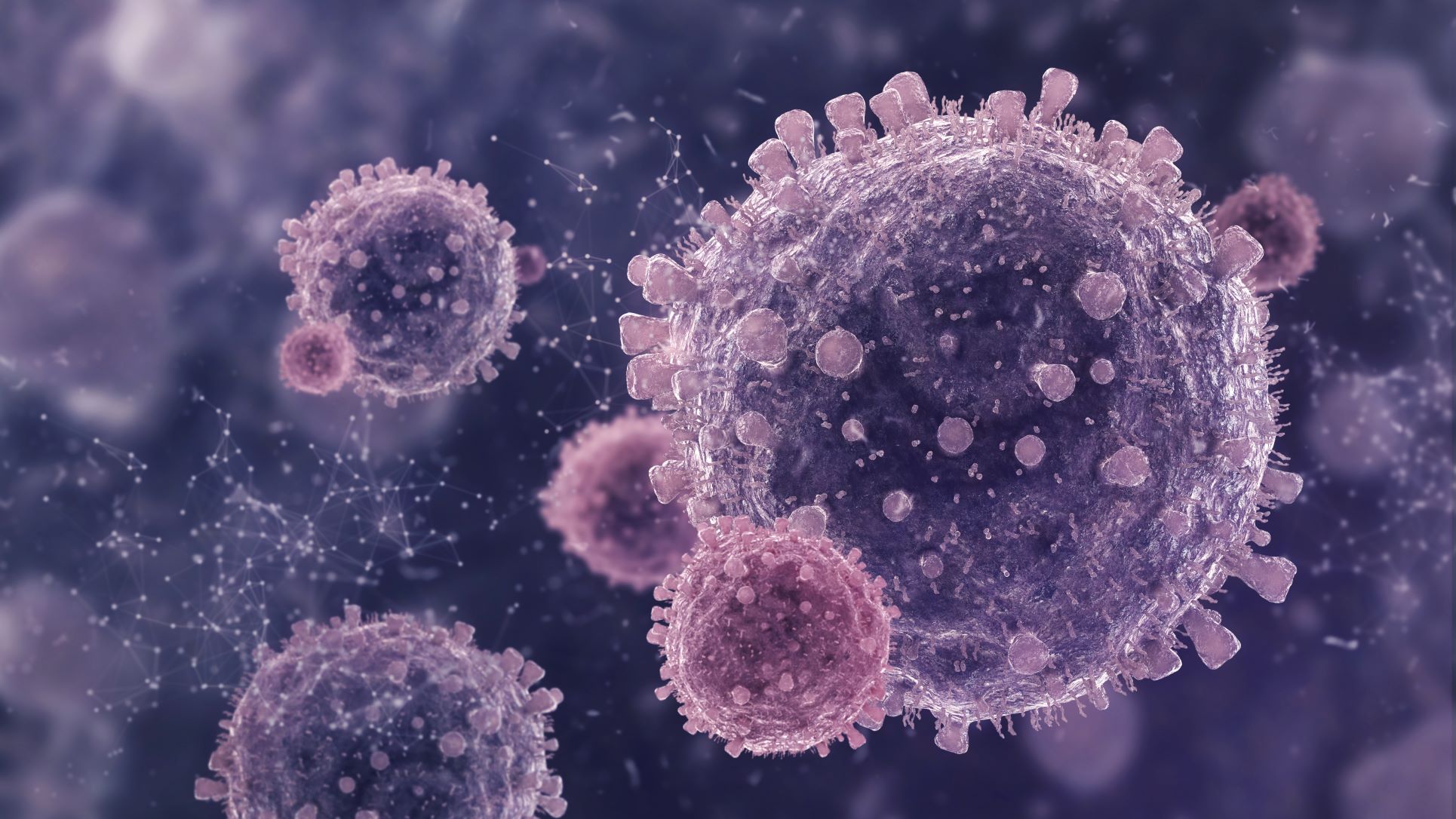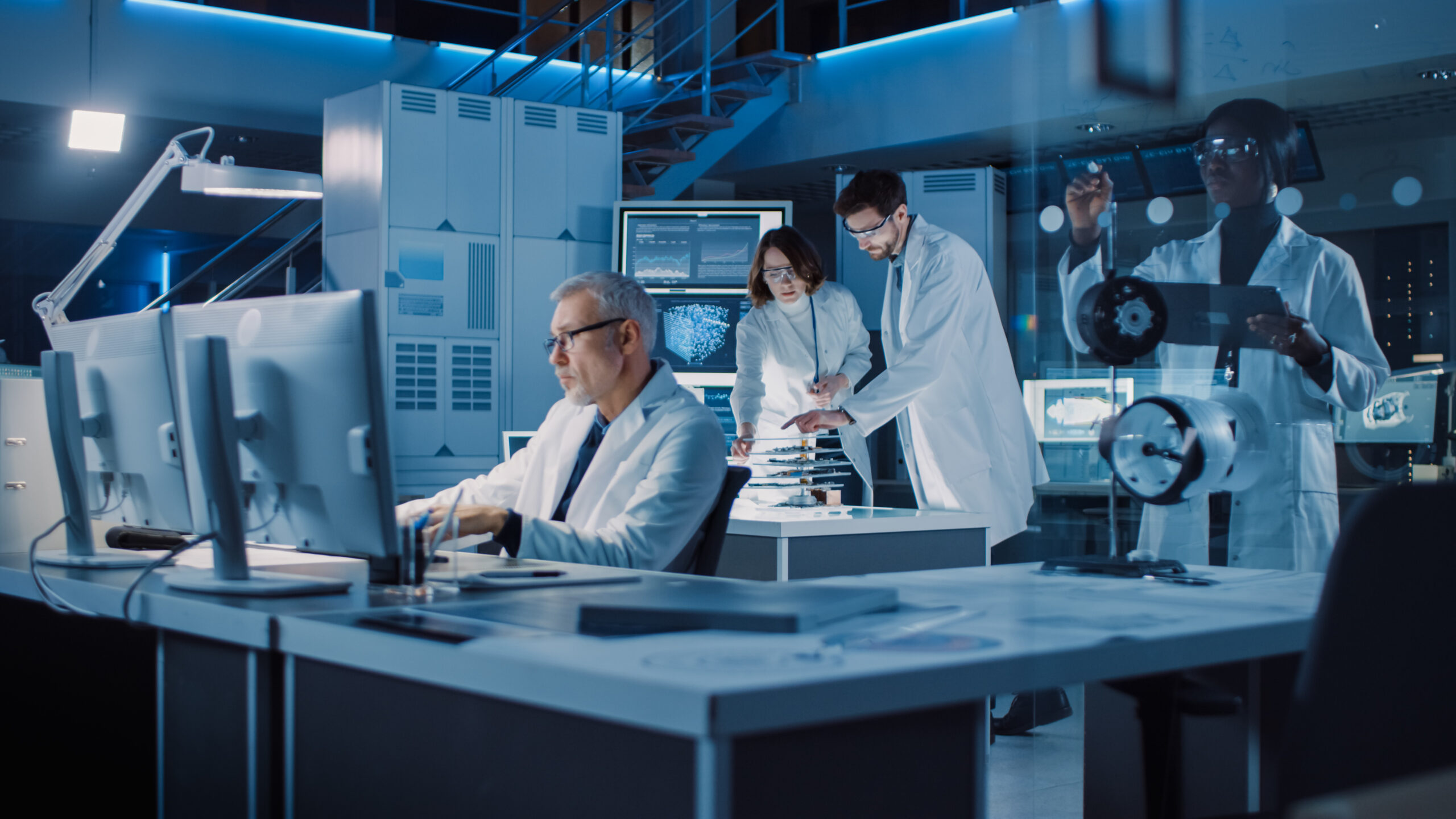CAR-T and TCR-T are based on the antigen-binding theory. Let’s find out how they differ in their recognition and action properties.
Medical research and cancer treatment strategies are constantly evolving to meet new challenges. When more traditional cancer treatments fail, patients may resort to adoptive cell therapy as a last resort. Adoptive cell therapy combines human T cells with scientific enhancements to treat diseases that the body is ill-equipped to handle.
One method for modifying these cells is to attach an artificial T-cell receptor. T cell receptors are proteins on lymphocytes’ outer surfaces that recognize and bind to antigens. Antigens are distinct proteins found on the surfaces of pathogens and other cells.
Antigens and receptors work together like a lock and key, each only connecting with its specific counterpart. CAR T-cell therapy and engineered TCR therapy are two T-cell therapies that involve the modification of receptors for the purpose of cancer treatment.
We will discuss the Pluribead cascade straining and how it helps in the gentle separation of T cells.
Chimeric Antigen Receptors (CAR)
CAR T-cell therapy involves binding proteins called chimeric antigen receptors to patient-derived activated T cells. These receptors have been engineered to target naturally occurring antigens on the surface of cancer cells. This allows patients to receive treatment for cancers that the body cannot fight on its own.
CAR T Cell Activity
Currently, three types of FDA-approved CAR T-cell therapies are available for clinical use. These techniques have enabled the treatment of certain types of lymphoma and leukemia.
Other receptor-antigen combinations are undergoing clinical trials. As research advances and more cell therapies are approved by the FDA, the number of cancers that can be treated grows.
CAR T Cell Manufacturing
The specifics of producing CAR T cells vary depending on the desired product, but the general procedure remains the same. The extraction and isolation of human T lymphocytes is the first step in the production of CAR T cells.
These cells must be purified, multiplied, and activated before they can attack harmful substances. Once a sufficient population of primed cells has been assembled, they are modified with small chemical messengers.
These messengers will transport the desired receptors to the T cell membrane and bind to them, resulting in the formation of a single unit. The end result is a swarm of activated T cells all aimed at the same cancer cell.
T Cell Receptor Engineering (TCR)
Engineered T-cell receptor therapy, like CAR T-cell therapy, involves treating cancer with activated T lymphocytes from the patient’s own body. Both strategies attach new receptors to the surfaces of cells, allowing them to attack various types of cancer.
The distinction between the two methods is in the antigens that they can recognize. CAR T cells, as previously stated, bind to naturally occurring antigens on the surface of cancer cells.
TCR Cell Therapy Function
The MHC, or major histocompatibility complex, is a group of genes that code for antigens that the immune system can recognize. The MHC identifies foreign pathogens by attaching proteins to their surfaces that T lymphocytes can bind to.
Engineered TCR therapy imbues activated T cells with specific receptors that target cancer antigens. This greatly improves treatment personalization and increases the likelihood of positive outcomes for patients.
TCR Manufacturing
The manufacturing process for TCR therapy is nearly identical to that of CAR T-cell therapy. T lymphocytes must be isolated from the patient and separated from foreign substances.
Once purified, the sample is expanded, drastically increasing the number of T cells. The cells may need to be activated to attack cancer cells, depending on the cloned sample.
If the cells were already activated prior to population growth, the next step is to connect them to new receptors. These receptors are attached to the same vectors as those in CAR T cells, but when introduced back into the bloodstream, they recognize different antigens.
TCR vs. CAR T
CAR T-cell therapy is a type of TCR therapy that has been engineered. While these two strategies have many similarities, their differences determine what purpose they serve. The receptors programmed into the cell are the main difference between CAR T-cell therapy and engineered TCR therapy. CAR T cells, as previously stated, have receptors that target naturally occurring antigens. The immune system plays no role in CAR T-cell therapy other than to lend T lymphocytes. TCR therapy, on the other hand, uses MHC to label cancer cells with identifiable antigens.
Benefits
TCR therapy is a more versatile method that can be used to treat more cancers in the current stage of immunotherapy. Because the immune system has already marked the cancer cells with predetermined antigens, figuring out how to program receptors is much easier.
CAR T-cell therapy currently treats fewer cancers, but with more research, it has the potential to help with many more. Researchers can use this method to program receptors for cancers that the body does not recognize or for which T cells do not exist. Scientists can begin to develop receptors for naturally occurring antigens on cancer cells once they have identified them.
The ultimate goal of CAR T-cell therapy and engineered T-cell therapy is to develop treatment methods for as many cancers as possible, whether the body recognizes them or not.
Pluribead For T Cells Separation
This research can be simplified by streamlining various stages of the manufacturing process. T-cell separation takes a long time and requires expensive equipment.
Previously, researchers used complex machines to perform the time-consuming task of sorting and purifying large volumes of lymphocytes. Innovative cell separation strategies, such as Pluribeads, are more efficient and produce better results at a lower cost.
Pluribead cascade straining, which operates without the use of any magnetic components, aids in the gentle and safe isolation of Dendritic Cells. The procedure is straightforward: your pluriBeads (which contain bound target cells) are sieved through a strainer, with unwanted cells passing through and your target cells remaining on top.
After detaching, you are now ready to proceed with your target cells. Our team of scientific experts is committed to the success of the researchers with whom we collaborate, and we look forward to providing you with our novel pluriBeads technology as yet another tool in your arsenal as you work toward the next big scientific breakthrough.
Reference:
Pubmed
Nature
Jhoonline
 English
English French
French
 German
German
 Spanish
Spanish
 Belgium
Belgium
 Italian
Italian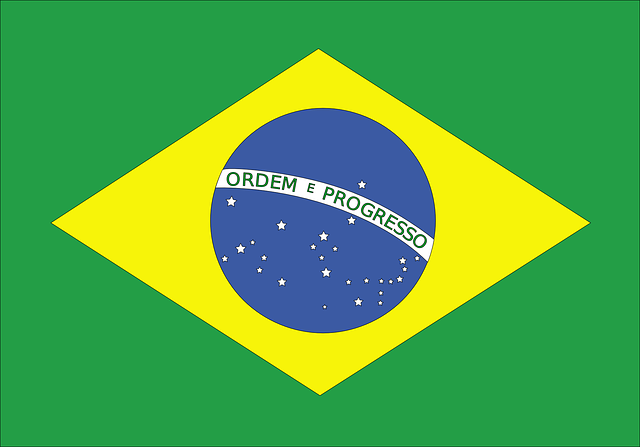 Brazil
Brazil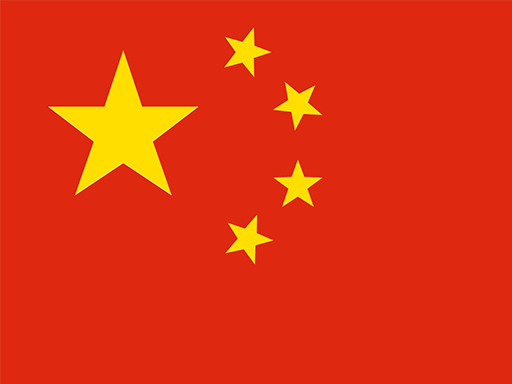 Chinese Mandarin
Chinese Mandarin
